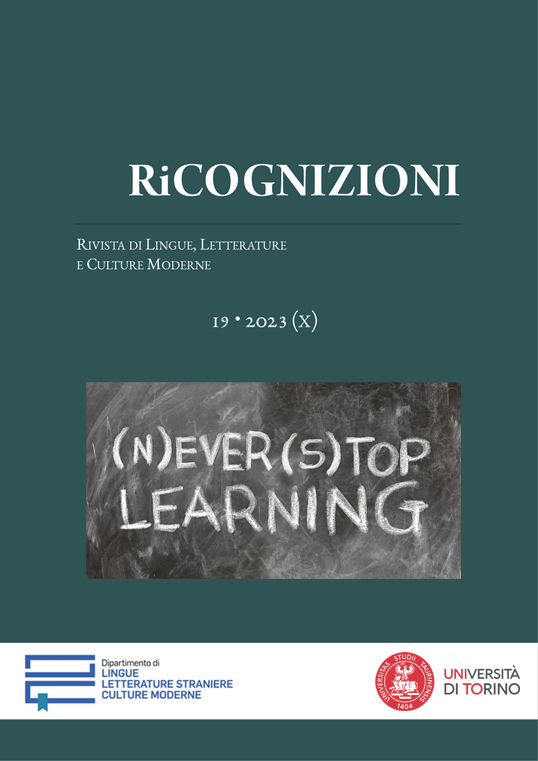Comparing the Experiences of University Teachers and Students in Synchronous Hybrid Settings During and after the Pandemic
DOI:
https://doi.org/10.13135/2384-8987/7480Parole chiave:
Synchronous Hybrid Teaching and Learning, Challenges, Opportunities, Tertiary EducationAbstract
Among the many innovations, teachers and students experimented widely for the first time with synchronous hybrid settings, which took hold in the second year of the pandemic (20-21). Although synchronous hybrid education is nothing new, it was neither widespread among practitioners nor established in the literature. This mixed method study aims to contribute to the body of knowledge about a format which was already studied before the pandemic as a convenient way to make tertiary education more inclusive, which is consistent with the 2030 Agenda goals regarding equity in education. To this end, it compares data collected during and after the pandemic on teacher and student approach towards synchronous hybrid teaching and learning combining quantitative and qualitative data. The opinions on synchronous hybrid education obtained during and after the pandemic do not differ. On the one hand, students and teachers in the three data collections mentioned the same challenges of synchronous hybrid settings. On the other hand, they see the opportunities differently. For teachers, the disadvantages in terms of workload, stress and effectiveness do not outweigh the opportunities in terms of student attendance. In contrast, students tend to favour synchronous hybrid teaching and learning because it could improve their quality of life, if not their learning.
##submission.downloads##
Pubblicato
Come citare
Fascicolo
Sezione
Licenza
Gli autori che pubblicano su questa rivista accettano le seguenti condizioni:- Gli autori mantengono i diritti sulla loro opera e cedono alla rivista il diritto di prima pubblicazione dell'opera, contemporaneamente licenziata sotto una Licenza Creative Commons - Attribuzione che permette ad altri di condividere l'opera indicando la paternità intellettuale e la prima pubblicazione su questa rivista.
- Gli autori possono aderire ad altri accordi di licenza non esclusiva per la distribuzione della versione dell'opera pubblicata (es. depositarla in un archivio istituzionale o pubblicarla in una monografia), a patto di indicare che la prima pubblicazione è avvenuta su questa rivista.
- Gli autori possono diffondere la loro opera online (es. in repository istituzionali o nel loro sito web) prima e durante il processo di submission, poiché può portare a scambi produttivi e aumentare le citazioni dell'opera pubblicata (Vedi The Effect of Open Access).








